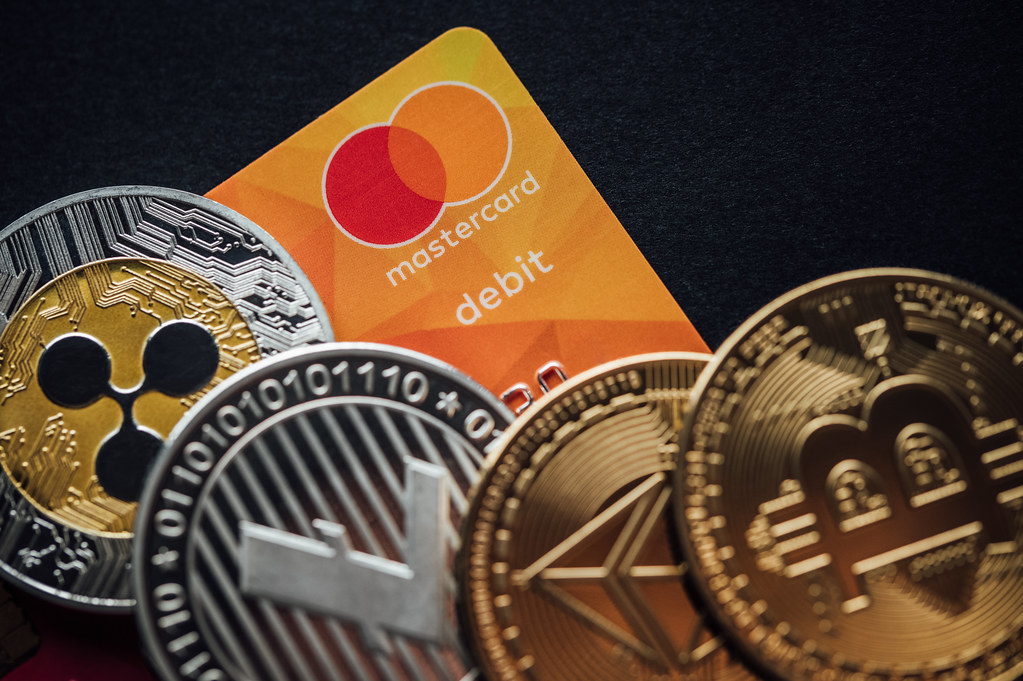
Mastercard has initiated a pilot program for its innovative crypto credentials system, aimed at enhancing the security and efficiency of cryptocurrency transactions. This initiative marks a significant step in the company’s efforts to integrate more seamlessly into the burgeoning blockchain technology space.
Mastercard’s Pilot Program
The crypto credentials P2P pilot program introduced by Mastercard incorporates a user-friendly alias system for crypto transactions, reducing the reliance on cumbersome wallet addresses made up of long strings of numbers and letters. This system not only simplifies transactions but also aims to drastically reduce user error.
The pilot involves notable exchange partners including Bit2Me, Lirium, Mercado, and wallet provider FoxBit, indicating a collaborative approach to refining and advancing this technology within the crypto ecosystem.
By assigning human-readable aliases verified by Mastercard, the system allows users to engage in crypto transactions more intuitively, akin to traditional digital banking transactions. This could significantly lower the barrier to entry for new users in the crypto market.
One of the key features of the crypto credentials program is its ability to prescreen transactions to prevent the sending of incompatible crypto assets, potentially safeguarding users against common mistakes that lead to financial loss.
Challenges in the Crypto Environment
Cryptocurrencies have traditionally suffered from complex user interfaces that deter less tech-savvy individuals. Mastercard’s pilot aims to simplify these interactions, making them more accessible to a broader audience and potentially driving wider adoption.
The crypto credentials system also addresses the issue of permanent financial loss due to errors in sending assets to incorrect or incompatible addresses— a prevalent issue in current crypto transaction processes.
Despite its benefits, Mastercard’s crypto credentials system raises concerns about centralization, especially given the company’s history of data breaches. Since 2005, over 40 million Mastercard accounts have been compromised due to targeted attacks, highlighting potential vulnerabilities in a centralized system.
The program requires additional KYC verification and involves the storage of sensitive user data, which could deter privacy-conscious users and contradicts the decentralized ethos of the broader cryptocurrency community.
Regulatory and Market Implications
As Mastercard expands its footprint in the crypto sector, it will need to navigate complex regulatory environments that vary significantly across jurisdictions, further complicating the widespread adoption of such initiatives.
If successful, the pilot could set a precedent for other financial services giants to follow, potentially leading to a more integrated, user-friendly approach to crypto transactions across the industry.
Mastercard’s move could also influence the broader crypto market by setting new standards for transaction security and usability, encouraging more traditional finance customers to explore digital currencies.
| Feature | Description |
|---|---|
| Alias System | Simplifies crypto addresses with human-readable aliases |
| Security Enhancements | Pre-screens transactions to prevent errors |
| Partners | Includes Bit2Me, Lirium, Mercado, FoxBit |
| Centralization Concerns | Relies on Mastercard for verification and transaction screening |
Mastercard’s launch of the crypto credentials P2P pilot program represents a significant development in the intersection of traditional finance and cryptocurrency. While it offers potential benefits in terms of usability and security, the centralized nature of the program and associated risks highlight the complex balance between innovation and user protection in the digital age.
Featured image credit: Ivan Radic via Flickr
